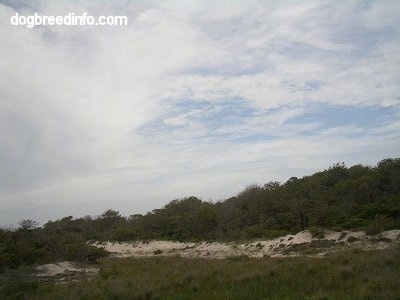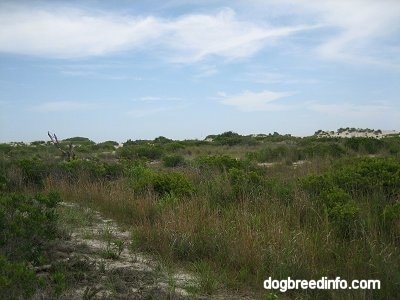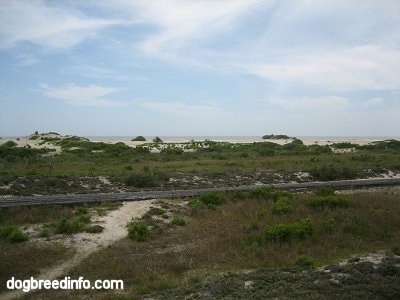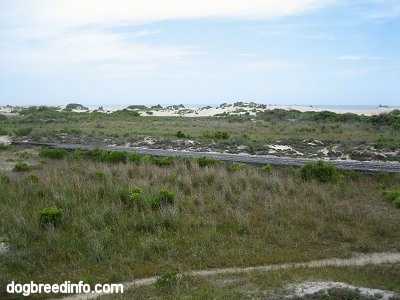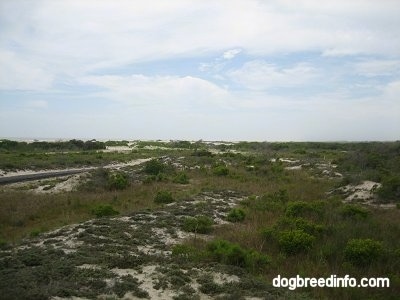Assateague Pony
of Assateague and Chincoteague Islands
Page 9
Page 9
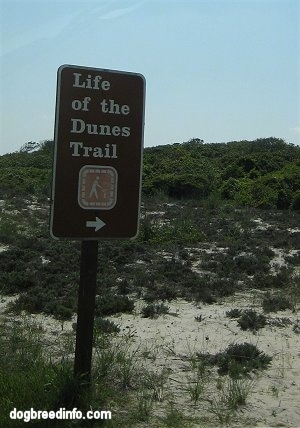
Along the Life of the Dunes trail
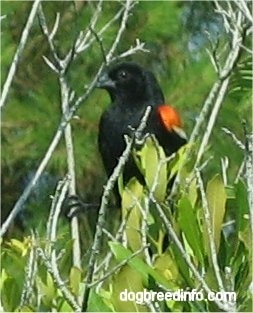
Male red-winged Blackbird
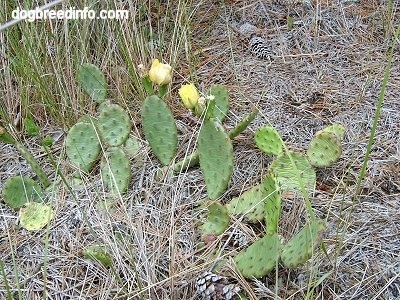
Opuntia compressa, or Prickly pear cactus, grows wild on Assateague Island in the sandy soil. It typically grows along the Mid-Atlantic Coast in sandy coastal dunes or shaly soils. It likes full sun and dry conditions. In the spring, this cactus produces yellow blooms, and its purplish fruits mature in the late summer and fall. This cactus is a herbaceous perennial type of plant in the Cactaceae family. It typically grows 6-14 inches tall. It has good winter hardiness and is the only cactus to be widely found in the eastern U.S. It grows as far north as southern Ontario. It produces an edible pulpy, red fruit which ripen in late summer to fall. The fruit is used to make candies and jelly. In the fall, the pads become shriveled and begin to lie flat as the plant withdraws water in preparation for winter. The plants become quite scraggly in appearance during winter, but the pads green up quickly in spring. It is technically an evergreen.
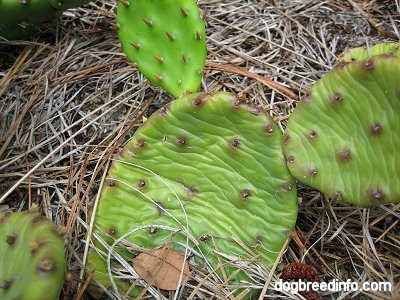
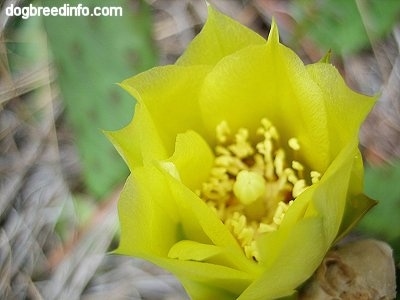
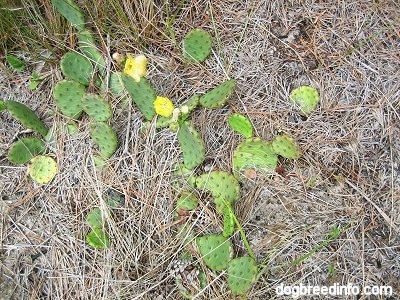
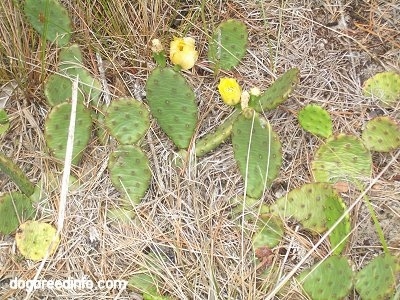
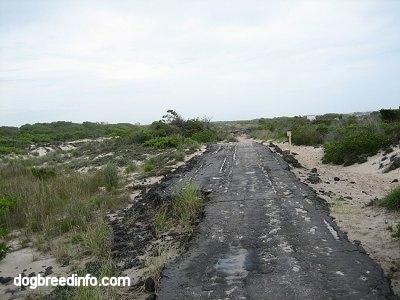
Remains of an old asphalt road can be found along one of the sand dune trails on the northern, Maryland end of Assateague Island.
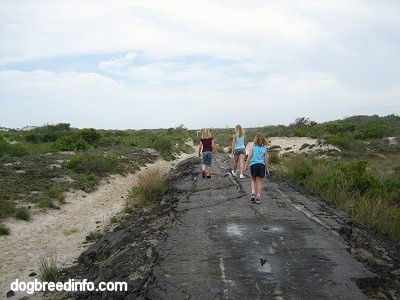
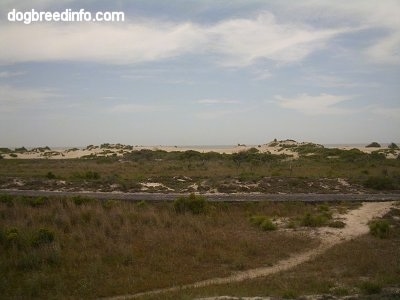
View on the northern, Maryland end of Assateague Island looking toward the Atlantic Ocean.
